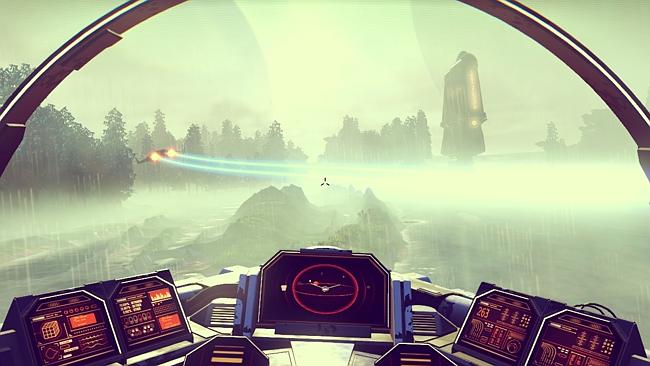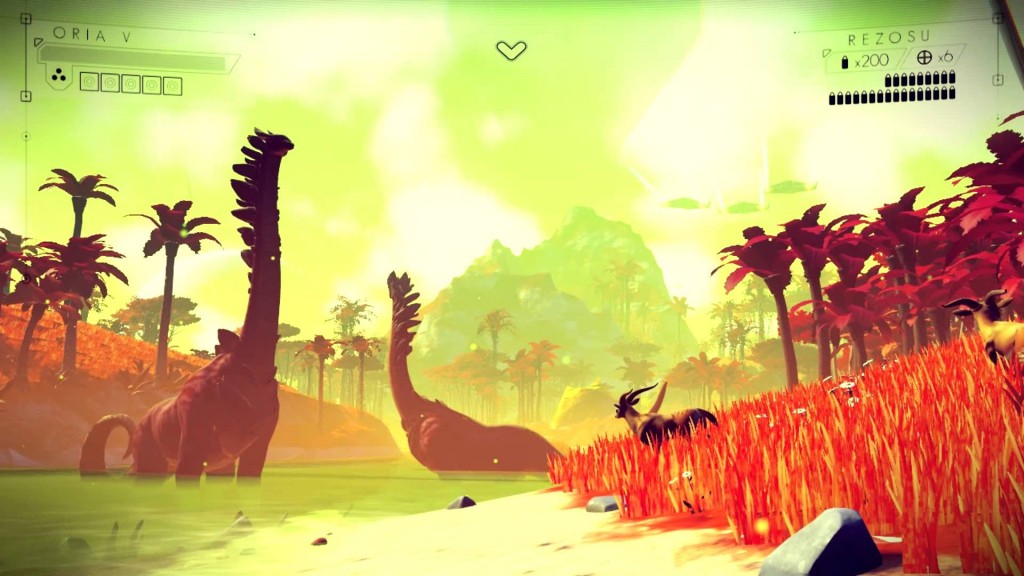The chief architect behind No Man’s Sky tells how the world’s most ambitious game came to be
Article first appeared on Mashable, by Matthew Dunn
IF God created the universe, who is Sean Murray?
The answer: Murray is the man behind both a tiny gaming company with four employees, and 18 quintillion unique planets.
This strange combination was not an easily won venture. The creation of No Man’s Sky, a computer game about interplanetary exploration and survival, was not an easy journey for Murray or his small team.
Murray started as a game developer for Entertainment Arts, but after years of becoming increasingly frustrated with the corporate structure and restrictions, he left EA and started his own company – Hello Games. Hello Games was situated in his very own lounge room, where the tiny team developed their first game, Joe Danger. Joe’s primary power was jumping over obstacles with his motorbike – yet within an hour of the game’s release the partner’s were already turning a profit on their investment. Clearly, Murray and his team knew what made gamers click. And they were determined to keep going.
It was while working on a frustrating sequel to Joe Danger that Murray first began laying the foundations of No Man’s Sky. Fed up with negotiations over Joe’s future, Murray turned to a secret passion project the team had been discussing for years – they called it Project Skyscraper, and that night, Murray worked on the new game until the wee hours of the morning. The next day he went to his team and declared “we’re doing it”.
Under the never sky
Realising that developing a huge and ambitious game would be near-impossible without a huge team – something Murray had fought to avoid – he turned to procedural generation. Procedural generation involves the creation of digital landscapes using equations, which only visually render once a user enters a certain part of the game (such as a new planet, in this instance).
Using these equations, Murray was able to design a galaxy containing 18, 446, 744, 073, 709, 551, 616 different planets – as their new advertisement promises, every planet is unique, every planet is unexplored. The use of these procedural equations means that the planets are essentially “blank” until a user encounters them for the first time, at which point the planet renders graphically and visually with random properties. And all 18 quintillion planets are thus created from just 1400 lines of code.
“It means I don’t need to calculate anything before or after that point,” he told the New Yorker.
Unexplored territory
Once Murray released a trailer detailing aspects of his adventurous game, fellow developers reached out to Murray to voice their concern that the game was “too vague” and “unconventional” for mainstream audiences. Yet despite initially being pitched as an “indie” game, the trailer has since racked up more than one million views on YouTube.
“It’s a huge game,” he told Spike TV, who initially received an exclusive view of the trailer.
“I can’t really do it justice. We wanted to make a game about exploration, and we wanted to make something that was real. ”
“Those are suns, and they have planets around them – and you can go and visit them.”
This article first appeared on New.com.au by Matthew Dunn @mattydunn11
Lead image from HelloGamesTube




